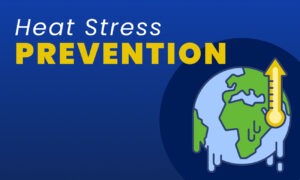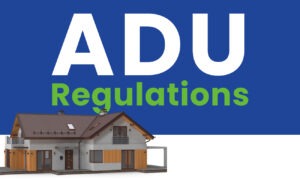Construction Insurance Blog
Contractors Are Using AI on the Job
Artificial intelligence (AI) has exploded on the scene and impacts businesses in every industry, including construction. While many are still navigating how AI can help transform their work, some in the construction industry have already begun leveraging the technology to advance productivity and performance, mitigate risk, and improve safety. What Is AI? The International Organization […]
Heat Stress Prevention
Summer is here, and it’s time to beat the heat while on the job site. U.S. cities during the third week of June have already shattered decades-old temperature records as a heat wave stretched from central to eastern portions of the country, according to the National Weather Service. Earlier in June, about 27 million people […]
Choosing the Right Commercial Auto Insurance
Your construction firm may have a fleet of vehicles for your employees to use, or they may use their own trucks or automobiles on the job. You must have the right commercial Auto insurance in place to protect your operation. When do you need Commercial Auto insurance? The company owns the truck(s) or automobile(s) being […]
Investing in Construction Training and Development
Retaining top talent with skilled contractors is crucial for a successful construction business. You can attract and keep great talent, do quality work you’re proud of, make clients happy, get more referrals, and win more projects. You’ll also have your crew wanting to continue to work for you, which is particularly important in today’s competitive […]
Benefits of Going Green in Construction
A green building lessens or eliminates negative environmental impacts while also creating beneficial ones. Green buildings help preserve valuable natural resources and improve our quality of life. Over the last decade or so, green construction has gained traction. Everything from climate change to resource shortages and building regulatory changes in many regions have propelled the […]
Outdoor Workwear Essentials for Construction Workers
With summer right around the corner, it’s time to reconsider what contractors wear on the job. Construction workwear needs to be comfortable, functional, and safe. You also have to consider changes in the weather and how that can impact what you wear. For example, in Colorado, you can go from heavy rainfall in the morning […]
Leveraging Generative AI in Construction Marketing
Generative artificial intelligence (AI) has impacted every industry, including construction. While there are still kinks to work out and concerns to address, AI is here to stay and evolve. What Is Generative AI? Generative AI is a category of artificial intelligence that enables machines to learn patterns from vast data sets to create new content, […]
National Safety Stand-Down: Preventing Falls, Reducing Workers’ Comp Claims
According to the Bureau of Labor Statistics (BLS), falls from height remain the top cause of death for construction workers, accounting for 395 of the 1,069 fatalities documented in 2022. Falls from heights can occur due to lack or inappropriate use of safety equipment. Harnesses, guardrails, and safety nets are all necessary for adequate fall […]
A Primer: Accessory Dwelling Unit (ADU) Regulations
ADUs are small, self-contained residential units on the same lot as a single-family home. They have all the basic facilities needed for day-to-day living, such as a kitchen, sleeping area, and a bathroom, and may be attached to or detached from the primary residence. Over the last several years, ADUs have exploded in popularity as […]








